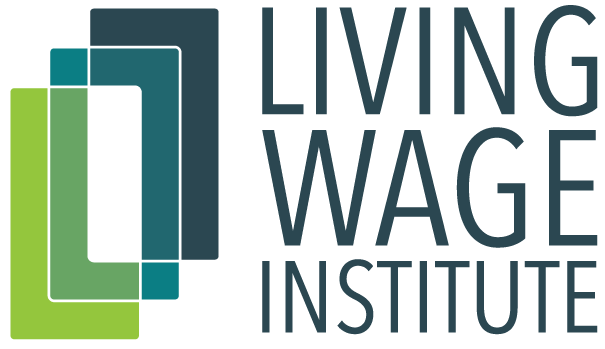



For further information, please visit the FAQs and Methodology pages or submit a question or request through the Contact page.
© 2024 Dr. Amy K. Glasmeier and the Massachusetts Institute of Technology
SIGN INLiving Wage Local Spotlight
Location: Nassau County, New York
Living Wage: $15.53 per hour (based on MIT Living Wage Calculator)
Minimum Wage: $12.00 per hour (1)
A mere stone’s throw away from New York City’s bright lights lies the wealthiest county in the state of New York. At the west end of Long Island, Nassau County is a popular weekend getaway for New Yorkers looking to escape the rush of the city and enjoy some time at the beach. The county’s 1.4 million residents have a median annual household income of $105,744 stemming mainly from the ease of access to high paying jobs in NYC (2,3). Twelve years ago, Nassau’s local government took steps to support low wage earners by instituting a living wage policy for all companies conducting business with the county.
Starting January 1st, 2007, the Nassau County living wage law established a wage floor for entities that hold contracts with the county. The law further specified that full-time employees of county contractors would receive health care benefits or appropriate financial support to pursue independent health care coverage. Paid time off also was mandated. Their wage threshold was established based on the New York Metropolitan All Urban Index (NY CPI-U) and in 2019 stands at $16.76 per hour without health benefits or $14.51 with health benefits provided. These values are updated every July to reflect changes in the cost of living over the previous year (4).
This summer, county officials are modifying the living wage policy more than a decade after its inception. Under the existing living wage law, firms that meet particular criteria can apply for waivers that exempt them from full adherence to the policy. Receipt of a wavier depends on one of three factors. First, organizations are exempt if they have a compensation ratio of fewer than six times between the highest- and lowest-earning employee. Second, firms are exempt if adherence to the Living Wage Law requires them to increase their annual budget by greater than 10%. Third, specific organizations are exempt if they provide specialized services (enumerated in waiver request form) for the county (5).
A new living wage measure was signed into law on July 24th, 2019 by the sitting Nassau County local government to address loopholes in the existing waiver application process. The approved amendment requires all subsidiaries, parent, and brother/sister companies to conform to the conditions necessary to receive exemption waivers. Champions of the new law believe the approved adjustments are an essential means to prevent companies from skirting the system by appearing smaller than they are (7).
Efforts like these enacted by the Nassau County government highlight an essential aspect of policymaking. Effective policy is seldom an instant panacea. More often than not, making impactful policy is a dynamic and continuous process. Policymaking is iterative. Adjustments are regularly needed to account for contextual changes that arise after the fact. Advocating for worker’s rights through measures like the living wage is no different. These policies can’t be “one and done” and entities concerned with addressing these issues, such as the Nassau County government, recognize that fact.
Sources:
1.) https://www.labor.ny.gov/workerprotection/laborstandards/workprot/minwage.shtm
2.) https://www.ny.gov/counties/nassau
3.) https://www.usatoday.com/story/money/2019/01/24/richest-counties-us-median-household-income/38870227/
4.) https://www.nassaucountyny.gov/1597/Living-Wage
5.) https://www.nassaucountyny.gov/DocumentCenter/View/1339/Request-for-Waiver-of-the-Provisions-of-the-Nassau-County-Living-Wage-Law?bidId=
6.) https://www.nassaucountyny.gov/DocumentCenter/View/1341/Rules-of-the-County-Executive?bidId=
7.) https://libn.com/2019/07/25/nassau-closes-living-wage-loophole/